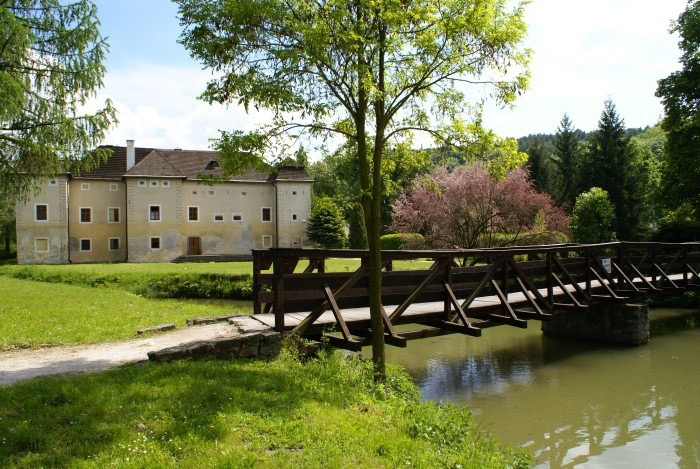
As a rule, our tourists are passing through Slovakia. However, this small country in the center of Europe can pleasantly surprise even the most experienced traveler.
There are many caves, about 1,500 thousand thermal springs, and picturesque national parks. Knowledgeable people come here for ski holidays and mountaineering. And in the summer, in the city of Piestany, an annual international camper gathering is held.
I want to go to Slovakia!

Castles in Slovakia deserve special attention, and a Russian tourist should definitely visit the old Brodzan Castle, about which practically nothing is known in our homeland.
What is so remarkable about Brodza Castle?! (on the map)
You need to go to the Slovak city of Partizansk. From Bratislava it is just over two hours by car. Brodzany Castle is located in the vicinity of the city.
A bit of history: the first written mention of Brozany dates back to the 14th century. Among the forested Tribec Mountains, in the valley of the Nitra River, is the ancient estate of Brodzany, which belonged to the Hungarian aristocrats Brodianov. The stone building was originally used as a country mansion, and in the 17th century it was rebuilt into a Renaissance castle. Later, the families of the nobles Forgaši and Kvašai lived in Brodzany. In 1844, the castle came into the possession of the Austrian diplomat Baron Gustav Vogel von Friesengoff, whom the sister of Pushkin’s wife, Alexandra Goncharova, married in 1852.
It is the last owners of the castle, namely the baron’s wife and her secret relationship with the great Russian classic that will be of interest to our compatriots.
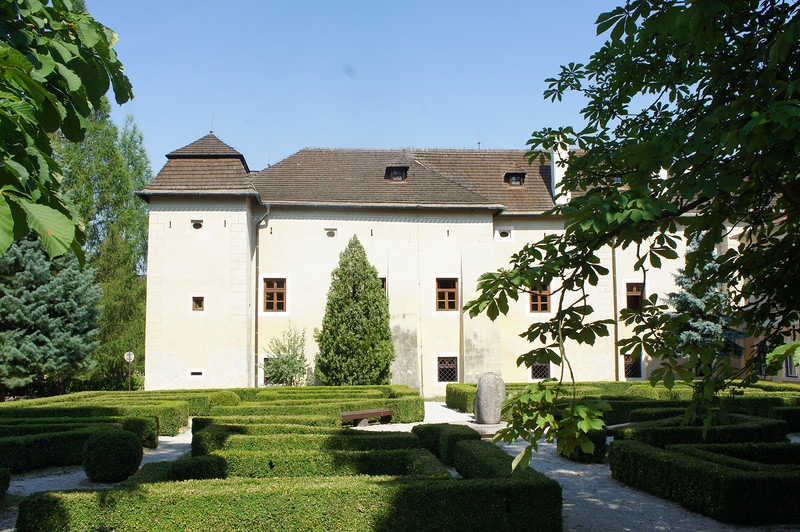
It turns out that shortly before the duel, gossip began to circulate in St. Petersburg that Pushkin allegedly had a personal relationship with his wife’s sister Alexandra Goncharova. The main evidence of that intrigue was considered to be a gold chain with a cross that belonged to Alexandra and was found in the poet’s bed. Already on his deathbed, Pushkin will ask his second to return her to Alexandra.

Alexandra Nikolaevna Goncharova

Arsenin D.D., Goncharov sisters: Ekaterina, Alexandra, Natalya, pencil.
Rumors are rumors and, perhaps, there was no romance, but, as they say, there is no smoke without fire.
For now, let’s return to the castle. It is surrounded by a moat and two picturesque parks. From the hill adjacent to the estate, you can see the dome of the chapel, with memorial plaques installed on both sides of the entrance.
Here lies Baroness Alexandra von Friesengoff, née Goncharova, her husband Baron Gustav von Friesengoff and their daughter Natalya.
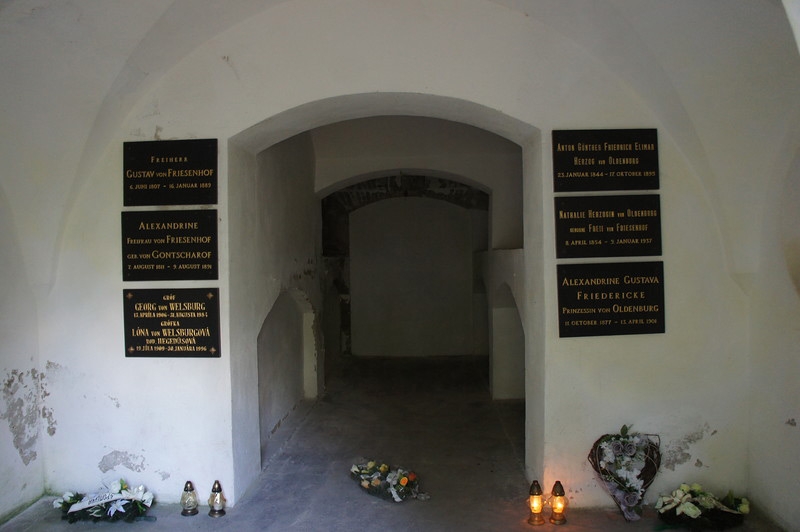
Photo: melanyja.livejournal.com
In August 1968, the tomb in Brodzany was destroyed. Scattered human bones and scraps of old-fashioned clothing were discovered by one of the residents of a nearby village.
As for the castle itself, it was badly damaged during the war, and its restoration began only in 1970, for which the Czechoslovak government allocated 5 million crowns.
On November 15, 1979, a memorial museum was opened in the restored castle. The exhibition is based on preserved and found family archives, works of art and furnishings.
The memorial plaque at the entrance to the castle reads: “Literary Museum named after A.S. Pushkin.” A bust of the poet is installed on the castle grounds. It is noteworthy that during his lifetime Pushkin not only never visited Brodzany, but also nowhere else outside his country.
Until 1938, the castle doors were closed to the curious. And only thanks to the merit of our compatriot Nikolai Alekseevich Raevsky, who arrived in Czechoslovakia with a wave of Russian emigrants, the veil of secrecy of the castle and its inhabitants was lifted.
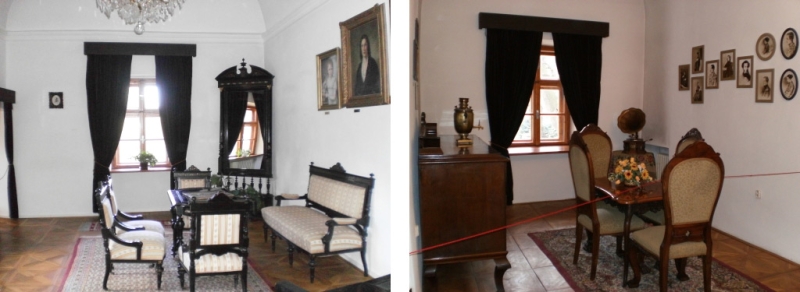
The formation of the museum was difficult. The reason for this was that at the beginning of 1945, Count Welsberg (grandson of Alexandra Goncharova) sent everything of value from Brozan to Vienna, but three freight cars with luggage did not reach their destination…
At the very end of the war, the Pushkin Commission of the USSR Writers’ Union sent a letter to the military council with a request: “Take measures to preserve the manuscripts, books and other valuables in the castle in order to ensure the possibility of searching for Pushkin materials among them.”
Residents of the surrounding area also showed concern for the museum and collected pieces of furniture, elements of castle decor, photographs and paintings that had survived from them. Nowadays the estate has been restored to its original interior.
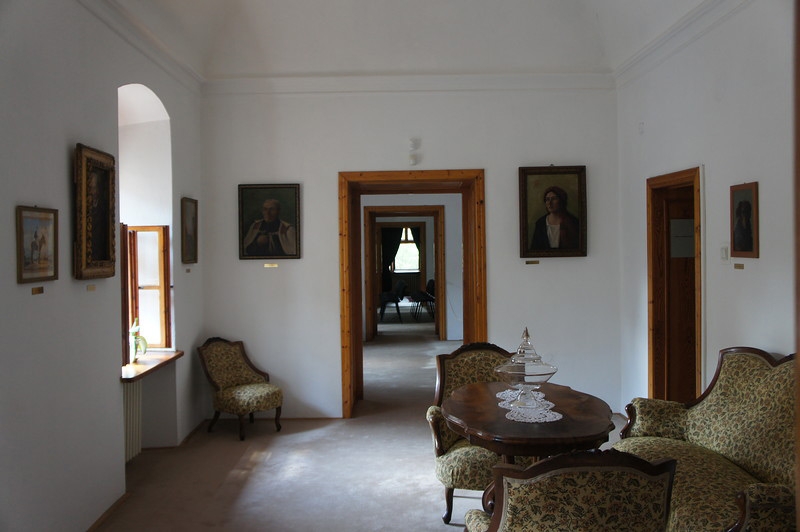
Photo: melanyja.livejournal.com
Visitors will be able to see many pencil sketches of Pushkin’s friends and relatives in the castle. It is known for certain that the poet’s wife and children lived in Brodzany for months at a time.
In one of the rooms of the castle hangs a watercolor portrait of Natalia Goncharova. Watercolor depicts thirty-year-old Natalie during her widowhood.
And another relic that miraculously survived in the castle is the growth marks of Natalya Nikolaevna and her children, on the doorframe in the living room. The mark certifies that the poet’s wife was 173 centimeters tall. Pushkin’s youngest daughter Natasha was the same height.
The living quarters on the second floor contain antique furniture, portraits and engravings. A portrait of Dantes is hung separately. There is a large bookcase against the wall. Once upon a time, the library in Brodzany numbered ten thousand volumes.
With OneTwoTrip you can now feel like a wizard and make someone’s old dream come true by giving a gift certificate for a trip.
Author: Elena Yatsenko

